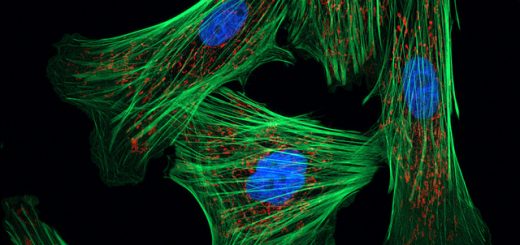Dining with disease

Day to day, we face the risk of germs spreading through the food we eat. From granola yoghurt bowls to Caesar salads, and hamburgers to sushi rolls, there are so many options for us to sink our teeth into. Beyond taste, we also need food to provide our bodies with energy for exercise or nutrients and vitamins to maintain our health.
While we may develop the craving for a medium rare steak from time to time, some micro-organisms that have adapted to spread and infect the human population through food and compromise our health as a result. As a most recent example, CNN reported an outbreak of Escherichia coli, a pathogen that affected about 177 American citizens across 10 states after eating tainted ground beef products1. E.coli is considered one of the most well-known public health problems in the food industry. Those affected by the bacteria suffer from diarrhoea and gastrointestinal diseases, which can be especially harmful to young children.
In the realm of epidemiology – the study of how diseases are transmitted in a population – this is an example of vehicle transmission. Herein, some diseases can be spread within a community by interacting with non-living sources of bacteria, which in this case is unprepared or infected food. Therefore, vehicle transmission makes pathogens less dependent on direct contact between humans (e.g. holding hands or kissing), allowing non-living sources to carry and cause infection. This is possible if food products are contaminated, improperly stored after harvesting, or not prepared thoroughly during cooking.
Microbes that utilise vehicle transmission are not limited to only bacteria on beef products. A roundworm of the Anisakis genus (a specific group of parasitic worms) is known to infect fish, squid, and marine mammals. Humans who ingest raw and infected fish may experience diarrhoea, nausea and allergic reactions.
A study by Sanna Malkamäki and the research team she works with in Helsinki found that wild forest berries have been contaminated with tapeworm eggs. Hikers or forest campers who ingest eggs laid by the Echinococcus multicularis tapeworm attached to berries may suffer from chronic coughs and abdominal pains. If allowed to develop untreated, these symptoms can become life-threatening2.
There are numerous other micro-organisms whose associated diseases can also be transmitted through food. Within our communities, precautions can be made to reduce microbial contamination and infection. Gutting and cleaning fish helps to thoroughly remove worms within their bodies, and using high temperatures when cooking meat, for example, can eliminate pathogens. For some bacteria like Listeria monocytogenes, it would be viable to freeze food products at colder temperatures than to refrigerate. As these bacteria are associated with listeriosis, the growth of this disease can be prevented by freezing food which may contain such bacteria3
Perhaps it is better to prevent infections in the kitchen than attempting to treat them in hospitals. Proper checks and preparation may save you a stomach ache; that’s some food for thought before your next meal.
Edited by Frankie Macpherson










